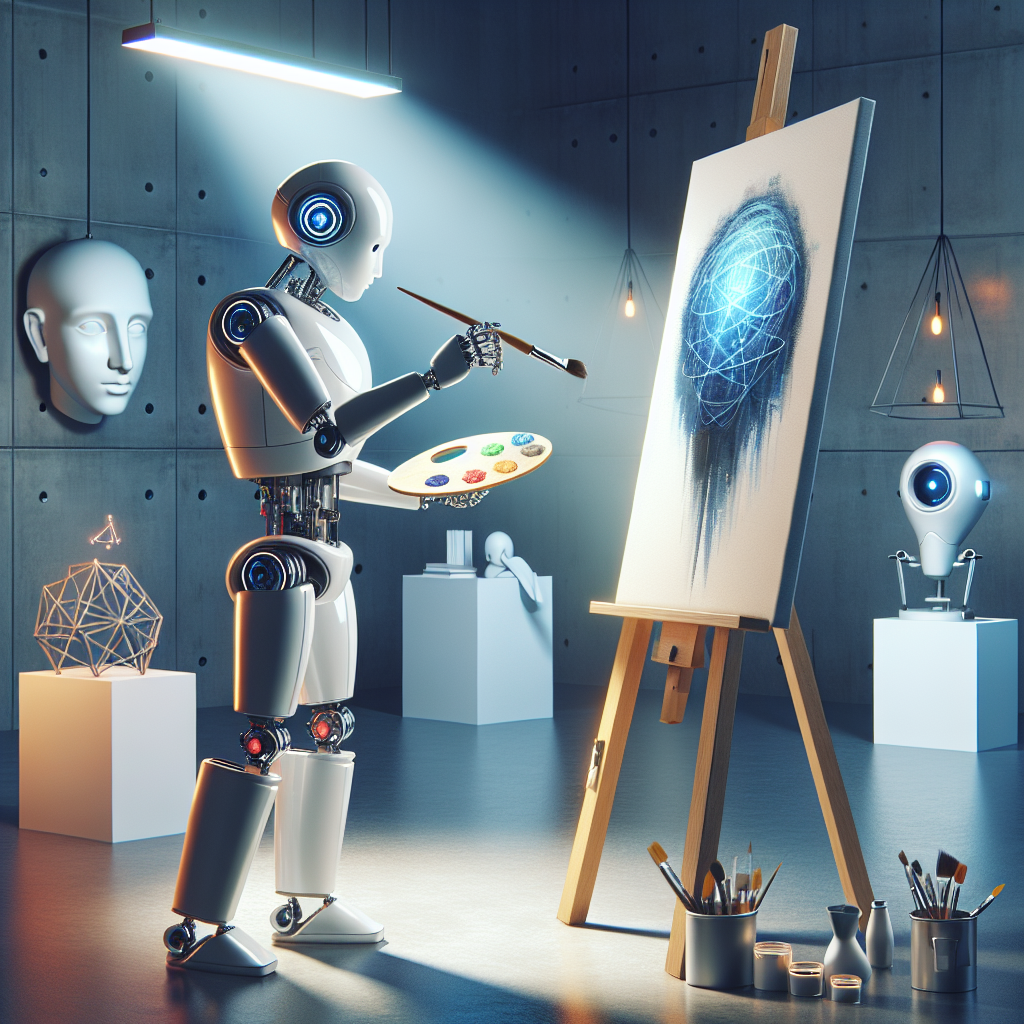Artificial intelligence (AI) has made significant advancements in recent years, sparking debates about its role in various aspects of human life, including creativity. Can machines be creative? Can AI contribute to artistic innovation? These are questions that have divided opinion among artists, technologists, and the general public.
One of the main arguments against the idea of machines being creative is that creativity is a uniquely human trait that involves complex cognitive processes such as imagination, intuition, and emotional expression. Creativity is often seen as a reflection of human consciousness and the ability to think outside the box, which some believe cannot be replicated by machines.
However, proponents of AI in art argue that machines can indeed be creative in their own way. AI algorithms can analyze vast amounts of data and generate new ideas or solutions that humans may not have thought of. For example, AI has been used to create music, paintings, and even literature that have been praised for their originality and artistic merit.
One of the most famous examples of AI in art is the painting “Portrait of Edmond de Belamy” created by the French art collective Obvious using a generative adversarial network (GAN) algorithm. The painting sold for over $400,000 at auction, sparking a discussion about the role of AI in the art world.
AI can also be used as a tool to aid human artists in their creative process. For example, AI can analyze trends in art and help artists identify new styles or techniques to explore. It can also generate ideas or suggest improvements to existing works, acting as a collaborative partner rather than a replacement for human creativity.
Furthermore, AI can democratize the art world by allowing more people to engage in creative expression. AI tools such as deep learning algorithms and neural networks can help novice artists create professional-looking artwork without extensive training or experience. This can open up new opportunities for individuals who may not have access to traditional art education or resources.
In conclusion, the role of AI in artistic innovation is a complex and evolving topic. While some may argue that machines can never truly be creative like humans, others see AI as a powerful tool for generating new ideas and pushing the boundaries of artistic expression. Ultimately, the impact of AI on art will depend on how it is used and integrated into the creative process. As technology continues to advance, it will be interesting to see how AI shapes the future of art and creativity.


Leave a Reply